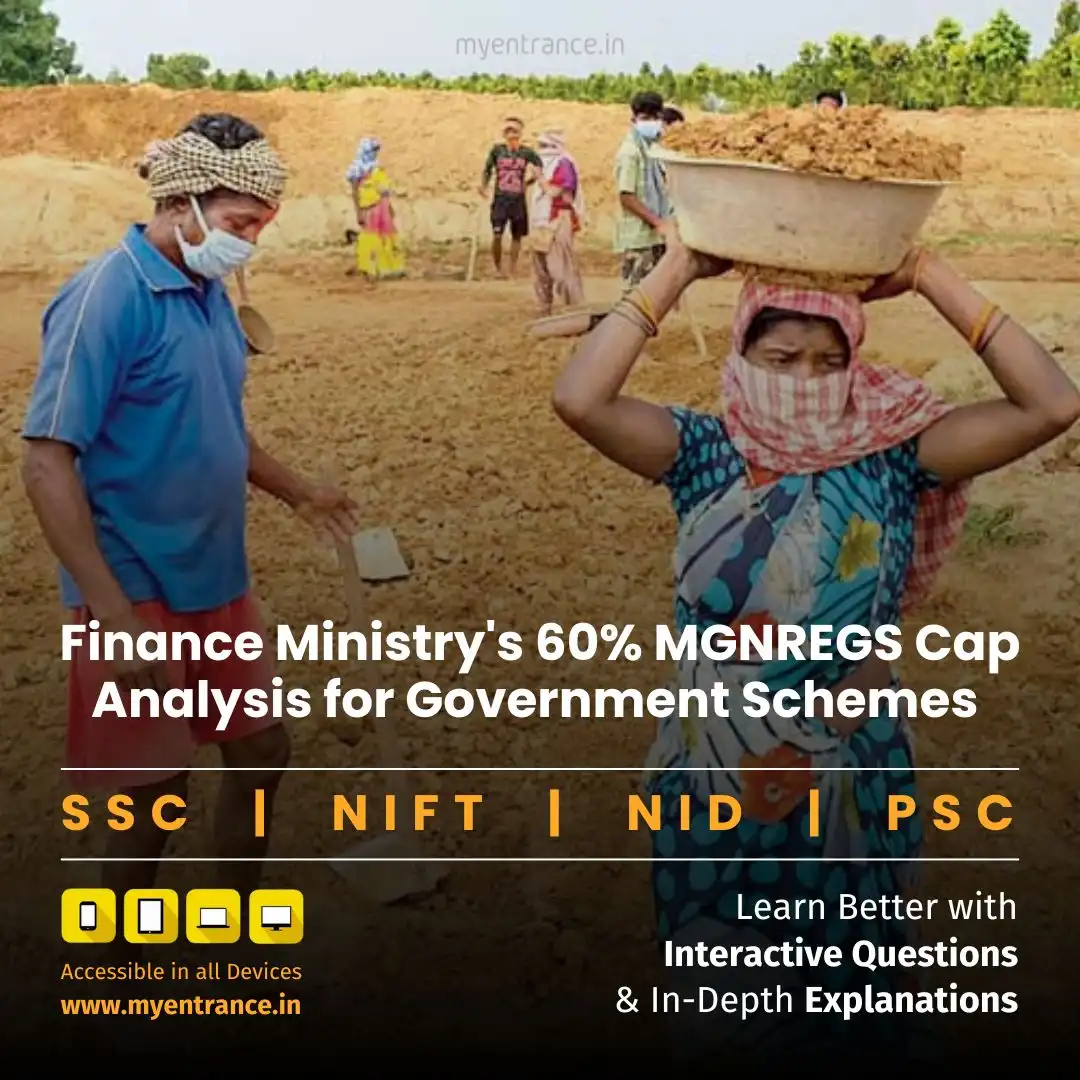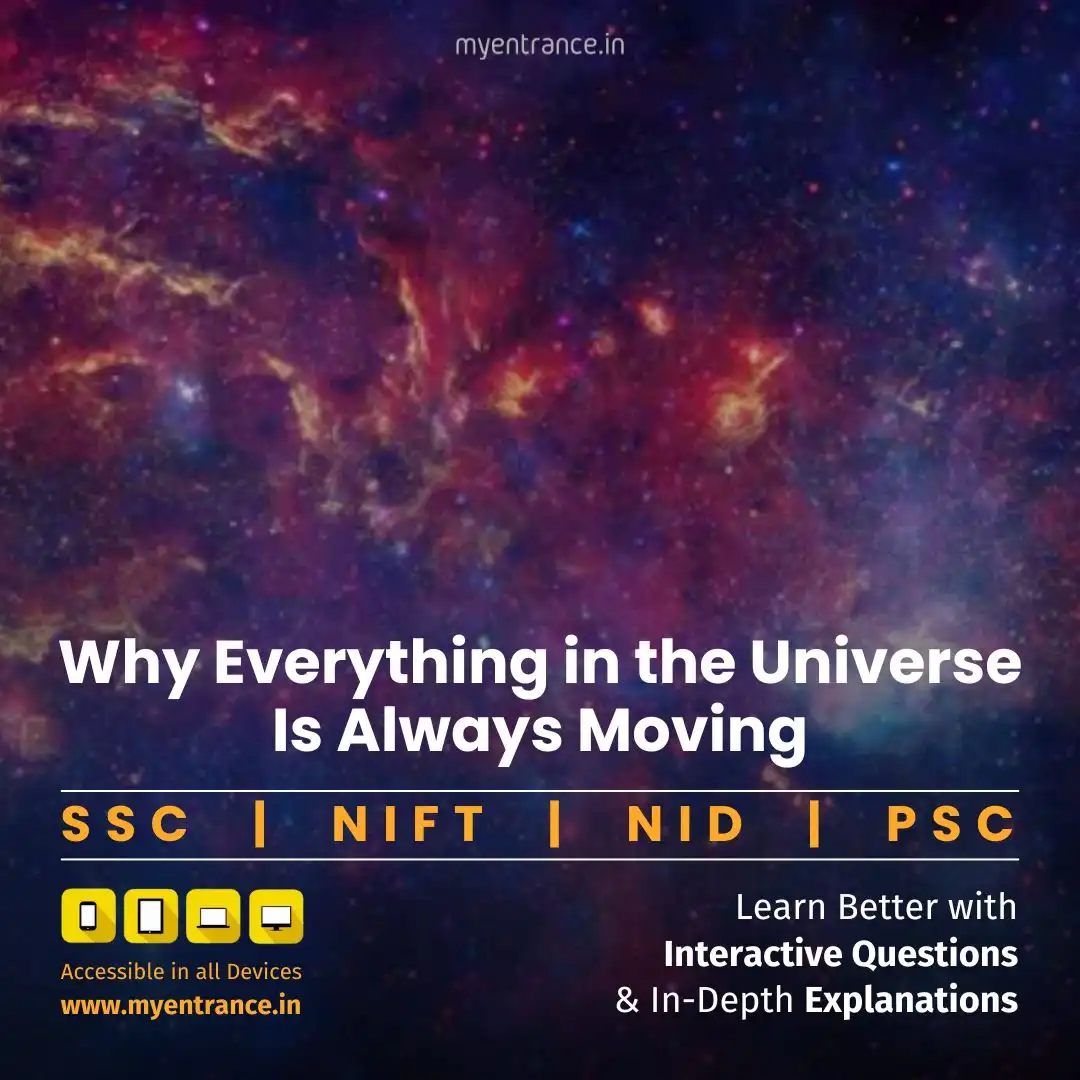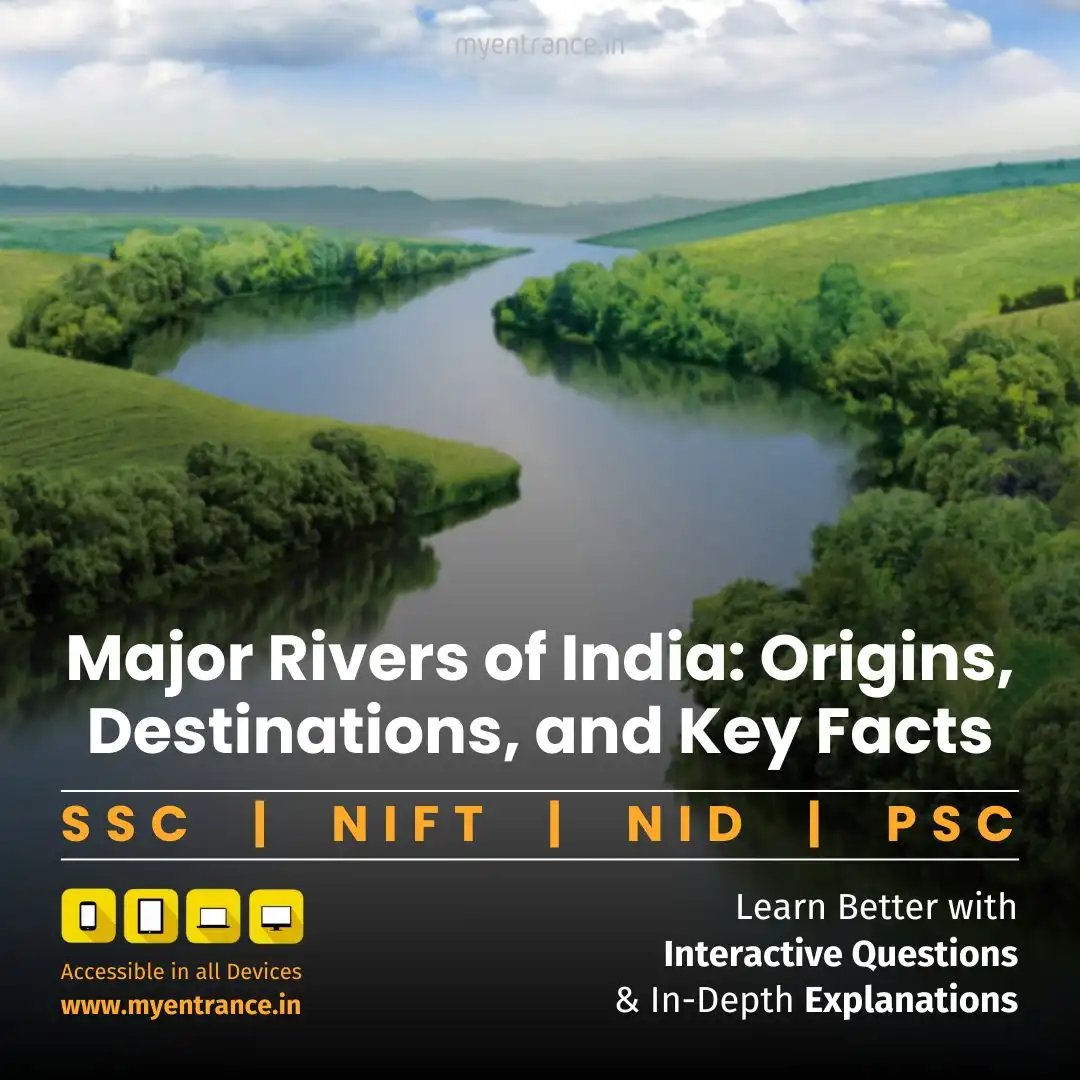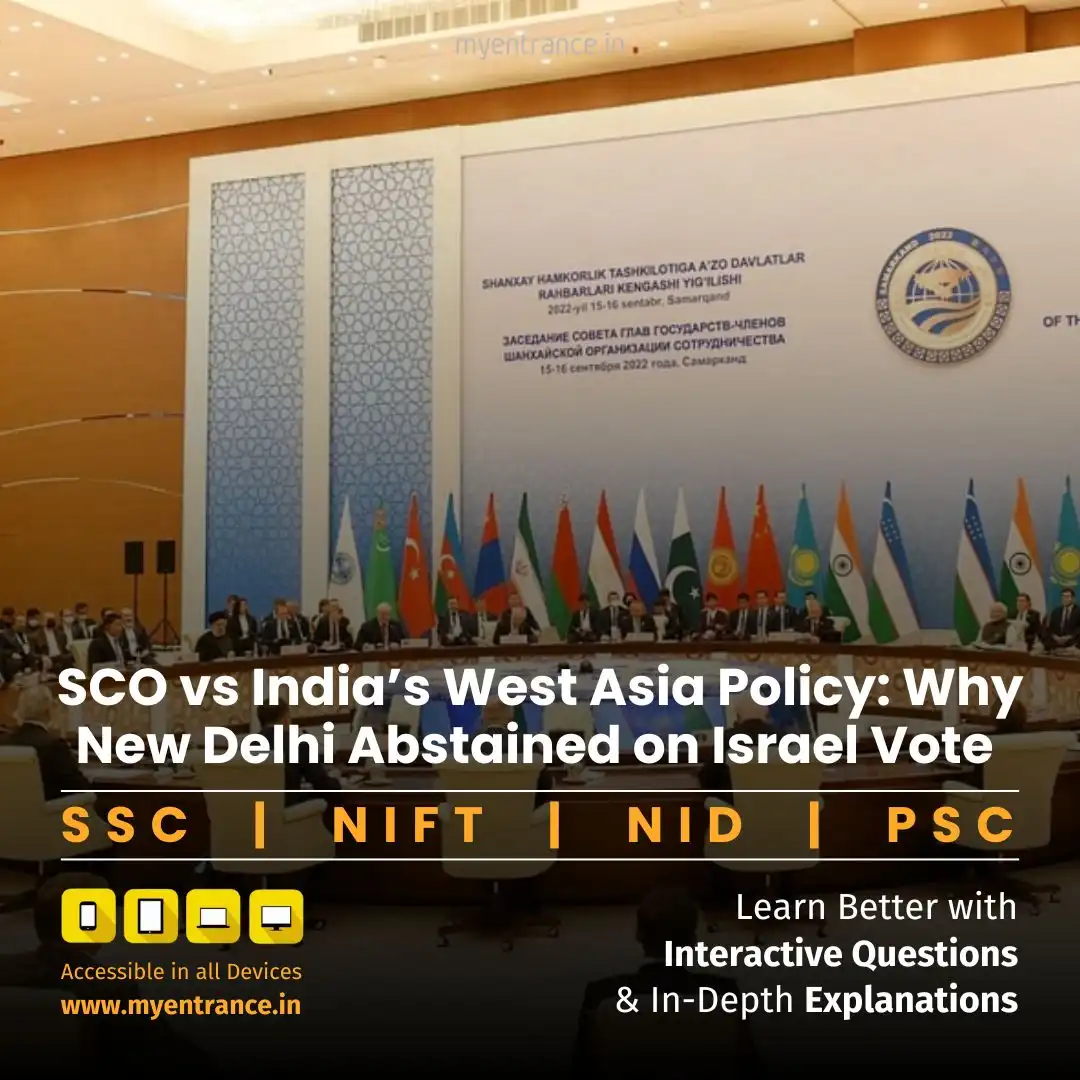Select Language
MGNREGA Expenditure Limit Explained: Key Takeaways for GK Aspirants
The Finance Ministry’s new 60% spending limit on MGNREGS has sparked debate about rural welfare and legal guarantees. For UPSC aspirants, understanding this scheme’s mechanics and its ties to Gandhian principles is essential for mains and interviews.
Why MGNREGS Matters for UPSC
Government schemes like MGNREGS are UPSC staples, appearing frequently in prelims and mains. The recent 60% spending cap for FY25-26’s first half makes this topic urgent. Let’s break down key concepts and controversies.
MGNREGS: 5 Core Features
Guarantees 100 days of unskilled work annually to rural households
Legally mandates employment within 15 days of demand (world’s largest social security scheme)
One-third beneficiaries must be women – promotes gender inclusion
Allows extra 50-day work during droughts/natural calamities
Provides 150-day entitlement for forest-dwelling Scheduled Tribes
The Spending Cap Controversy
The new rule restricts spending to 60% of annual funds until September 2025, departing from MGNREGS’ demand-driven design. Critics highlight two critical flaws:
Ignoring Rural Realities
Demand spikes during agricultural off-seasons (April-June) or climate emergencies
Example: Karnataka exhausted 70% funds in 6 months during 2023 droughts
Rigid caps fail to address unpredictable weather and farm distress
Legal Vulnerability
Unlike non-statutory schemes (e.g., PM-Kisan), MGNREGS is a legally binding right under the 2005 Act
Spending ceilings risk violating statutory guarantees when demand exceeds allocated funds
Gandhi’s Ideals in Modern Schemes
UPSC often asks about philosophical foundations of policies. Key connections:
Swachh Bharat Mission
Embodies Gandhi’s belief that “Swaraj requires cleanliness” – making sanitation a civic duty to dismantle caste barriers.
MGNREGS
Reflects Gandhian village self-reliance by boosting rural purchasing power and livelihood security.
Make in India
Modern interpretation of Gandhi’s Swadeshi – promoting self-sufficiency in globalized markets.
Sample Q&As for Exam Prep
Q1: Which constitutional article transformed employment into a statutory right via MGNREGA?
A: Article 21 – Right to Life (now includes guaranteed work entitlement)
Q2: What percentage of MGNREGS beneficiaries must be women?
*A: At least 33% (one-third), ensuring gender inclusion*
Q3: Why is Karnataka cited in MGNREGS spending debates?
A: It spent >70% funds in 6 months during 2023 droughts, exposing inflexibility of new caps
Q4: Which two Gandhian concepts align with Swachh Bharat and Make in India respectively?
A: Cleanliness as civic duty (Swachh Bharat) and Swadeshi/self-reliance (Make in India)
Q5: How does MGNREGS accommodate climate emergencies?
*A: Section 3(4) allows extra 50-day work during notified droughts/natural calamities*
Most Predicted Questions
Comprehensive study materials, Expert-guided tips & tricks, Mock tests and instant results.
Start your SSC, NIFT, NID, FDDI, PSC journey today with MyEntrance, your ultimate online coaching platform.







